Jaigarh Fort, Jaipur
kjohri | Mar 04, 2012 | Comments 1
The first thing that strikes you after reaching Jaigarh Fort is the spectacular views all around. The fort is situated on top of the hill named Cheel Ka Teela (Hill of Eagles) and is higher than the nearby Amber Fort. Inside the fort, the air is clean and cool and there are vacant spaces between palaces and other places of interest, creating an overall impression of spaciousness. And since it is at a good height, the views of nearby Amber Fort and also the surrounding Aravalli Hills are simply breathtaking.
History
Jaigarh Fort has been built between the 15th and 18th centuries . The cannon foundry was started sometime in the sixteenth century during the reign of Maharaja Bhagawant Das (1574-89) and his son Raja Man Singh I, who was the king of Amber from 1589 to 1614. The palaces were built subsequently. The fort was built by Maharaja Sawai Jai Singh II in the year 1726. Jaigarh means the Victory Fort. Jaigarh Fort was built with the objectives of organizing the forces and defending the palaces inside the Jaigarh Fort, the nearby Amber Fort and the cities of Amber and Jaipur.
Cannon Jaivana
Cannon Jaivana was manufactured at the foundry here in the year 1720. Its barrel is 20 feet long and weighs 50 tonnes. It required 100 kg gunpowder. The projectile had a diameter of 11″ and the firing range was 22 miles. There is a roller pin bearing at the rear wheels and the cannon can be turned 360° around the vertical axis to fire in any direction. It is said to have been fired just once, during its testing. After that there was never a need to use it. The Rajputs had friendly relations with the Mughals and no hostile army ever reached anywhere close to the fort. Now you can see pigeons coming out of the barrel and the transition from a wartime weapon of destruction to a peacetime marvel is almost complete.
Diya Burj
Diya Burj, the turret of lamps, is a seven story tower and is the highest point in Jaigarh. The Jaipur flag flies on top of it. A huge oil lamp is lit here on the Maharaja's birthbay.
Water Management
Sagar Lake is an artificial lake north of the fort and is accessible from the triple arched gateway near the Aram Mandir. From here, the water used to brought on elephant backs and also in water pots by the people. Also, rain water harvesting catchments were built in the nearby hills and the collected water is transported to the fort via a canal. In the fort there are three underground water tanks. The largest tank is 158 feet long, 138 feet wide and 40 feet deep and can store 6 million gallons of water. The second tank is smaller, 69 feet long, 52 feet wide and 52 feet deep. The third tank is still smaller, 61 feet long, 52 feet wide and 52 feet deep. It was believed that a treasure was stored in one of the first two tanks. However, an extensive search operation was done in 1976 but no treasure was found. It is also believed that the treasure was used to build the city of Jaipur in 1728.
Cannon Foundry
There is the impressive cannon foundry established some time in the sixteenth century by Raja Man Singh I. This foundry produced cannons till the nineteenth century. The most remarkable cannon made here is the Jaivana cannon. There is a furnace where air would have been sucked from the hills into a wind tunnel to make high temperatures in the furnace. The metal would be melted into the molds to produce the barrel casting. Then a hole would be drilled on the lathe-cum-drill machine. Finally wheels would be put on the two sides of the cannon so that it could be moved.
Palace Complex
The palace complex comprises of the meeting rooms, residential palaces and places for recreation. There is
Subhat Niwas, the meeting place for warriors, Khilbati Niwas, the private meeting place for commanders, Laxmi Vilas, the king's residence, puppet theater, where puppet shows are held, Lalit Mandir, the summer residence, the royal dining complex comprising of the kitchen and the dining halls, Vilas Mandir, the residence of the queens and the Aram Mandir, the place to relax.
Filed Under: Travel
Comments (1)
Leave a Reply | Trackback URL


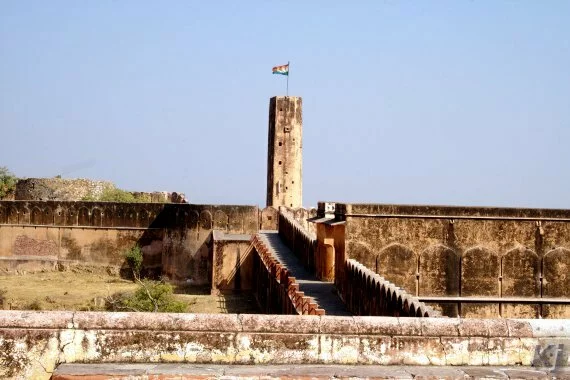


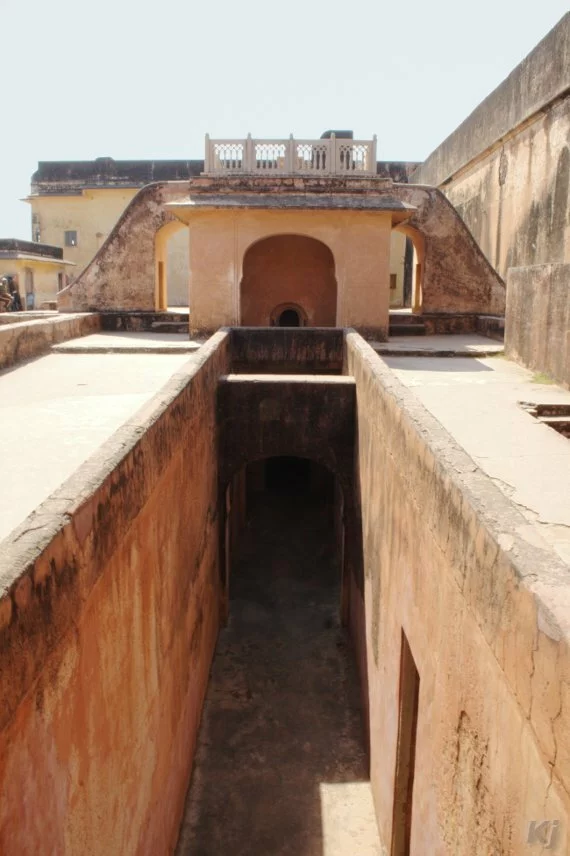

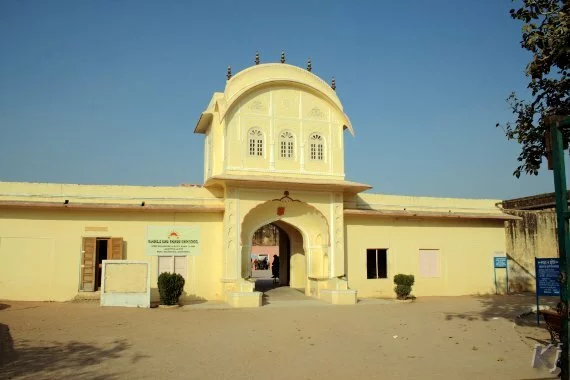


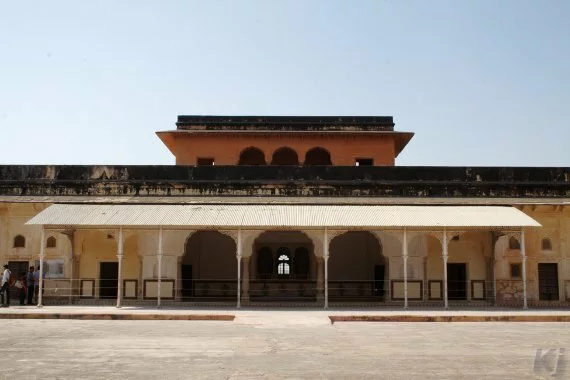
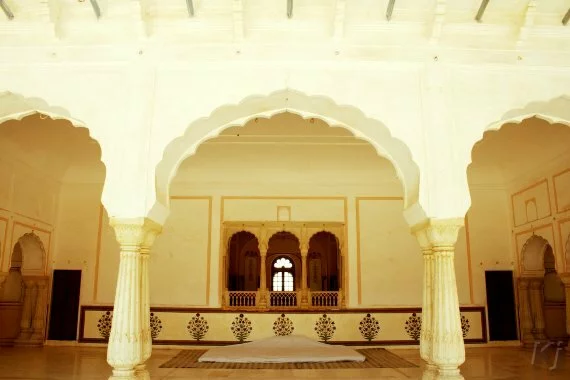
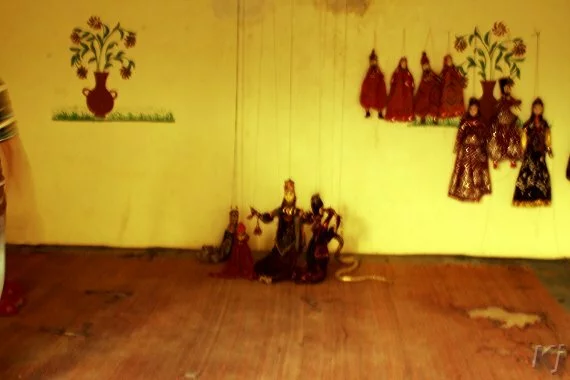
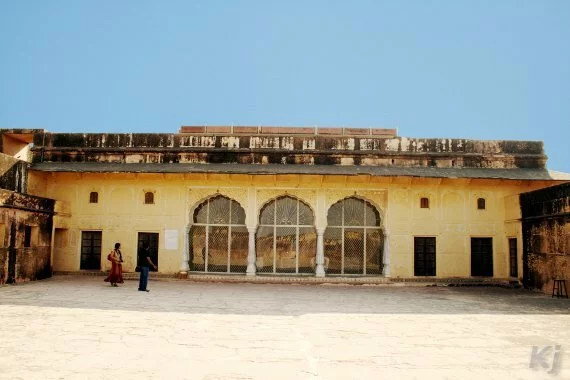

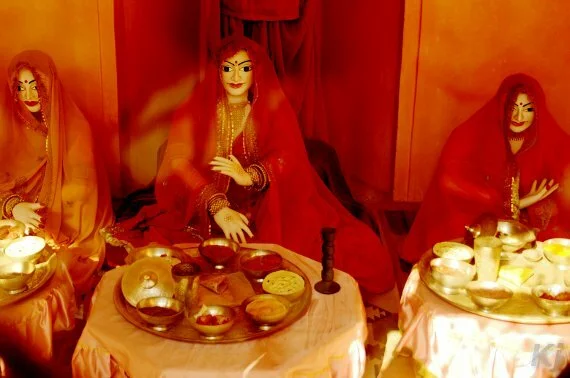


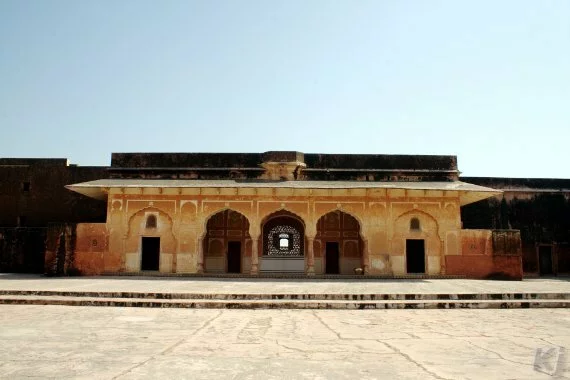
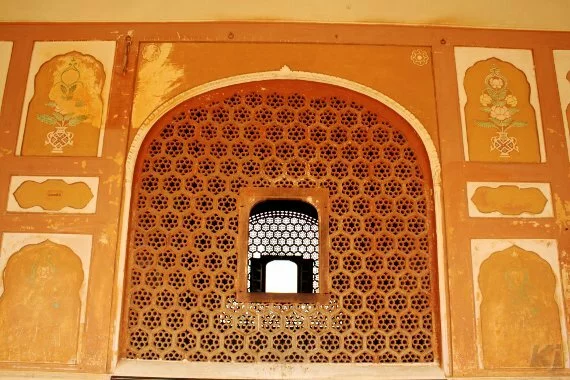
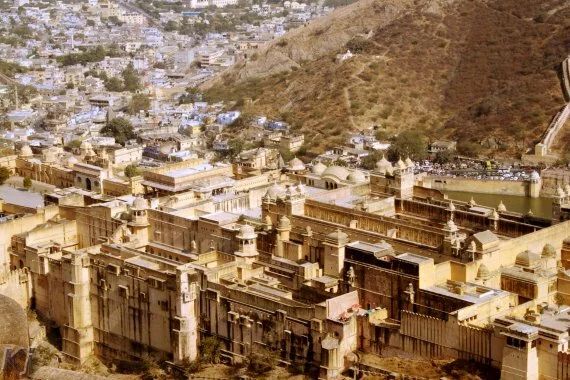


beautifully described… lovely pics
brought back memories of my visit in sep11